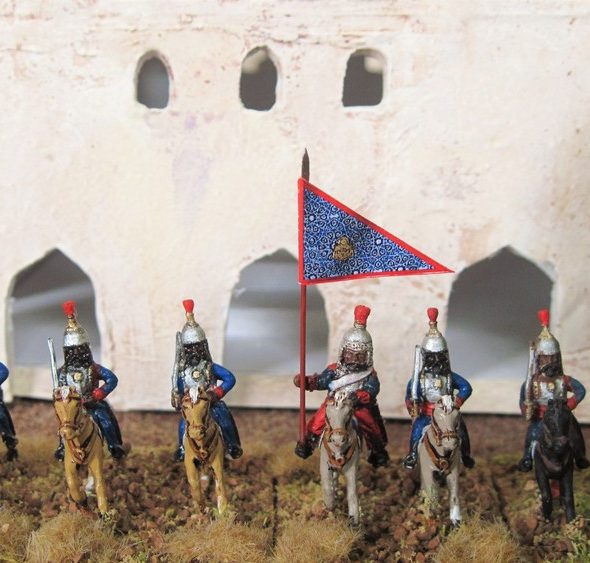
ADVENTURES OF AN OFFICER IN THE PUNJAB (2 vols.) by Major H. M. L. Lawrence, under the pseudonym of Bellasis, published in AD 1846 by Henry Colburn, London, and reprinted in 1970 by the Languages Department, Punjab, Patiala. The book which is a rambling account, half fact half fiction, of the author`s adventures, provides information about the rise of the Sikhs and about the person and government of Maharaja Ranjit Singh. This is "a dose of history, which the reader may read or not, as he pleases" (p. 236), mixed with scandal and bazaar gossip.
BIR SINGH, BABA (1768-1844), soldier become religious preacher and saint, was born in July 1768 at the village of Gaggobua, in Amritsar district of the Punjab, the son of Seva Singh and Dharam Kaur. After the death of his father in one of the campaigns against the Afghan rulers of Multan, Bir Singh joined the Sikh army. He participated in Maharaja Ranjit Singh *s campaigns for the capture of Kashmir and Peshawar. After several years of active service, he secured his dismissal from the army as he came under the influence of Baba Bhag Singh, a Sikh saint belonging to Kuri, in Rawalpindi district.









